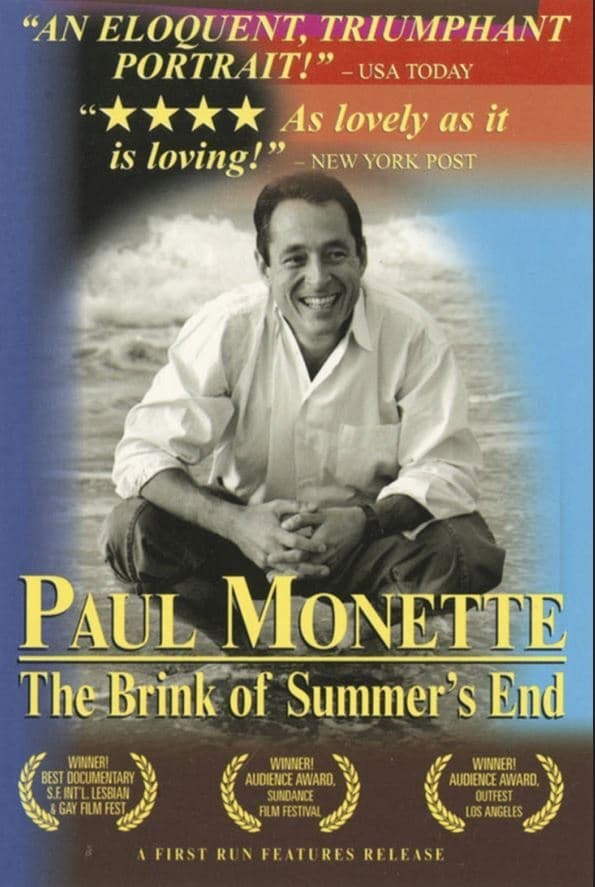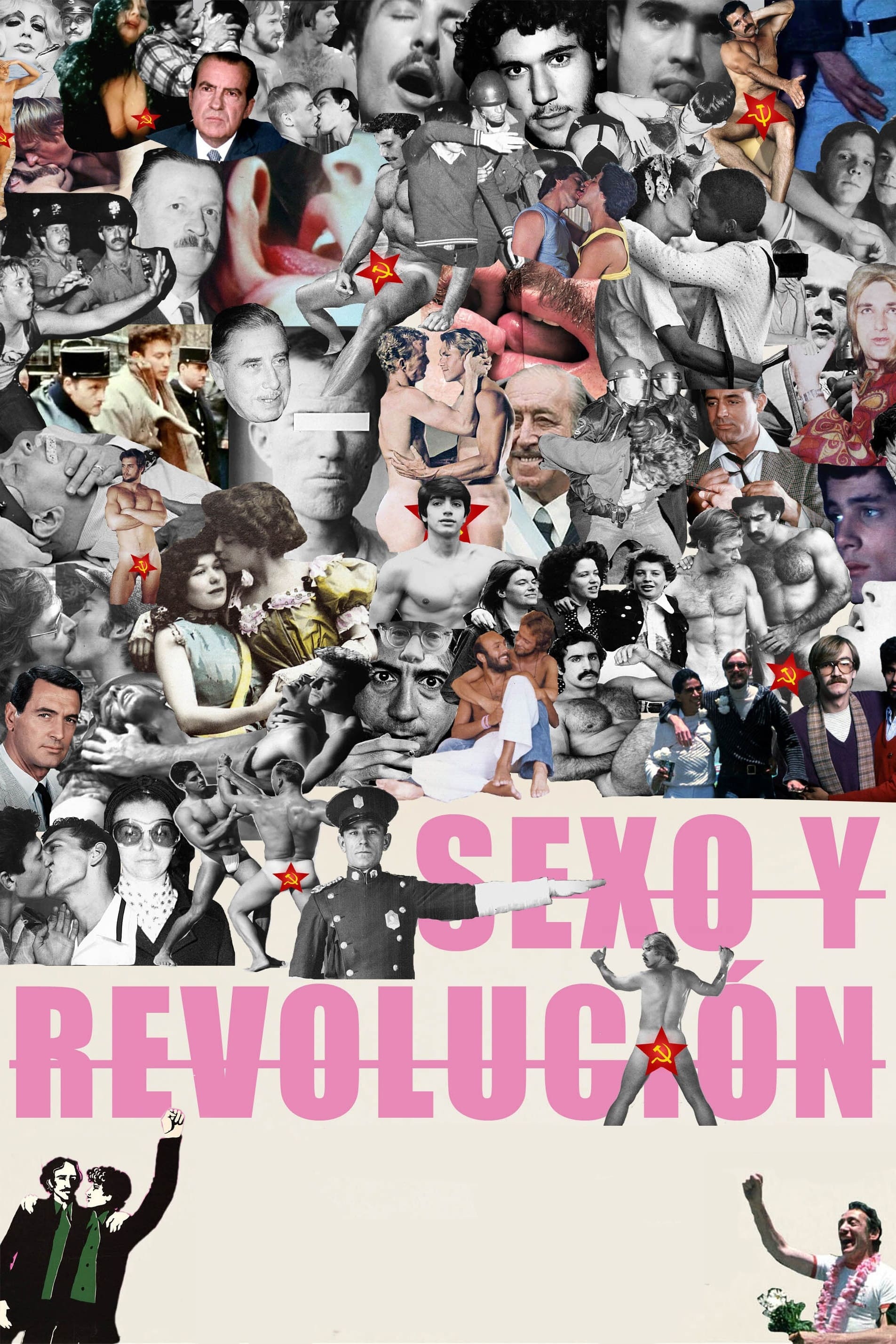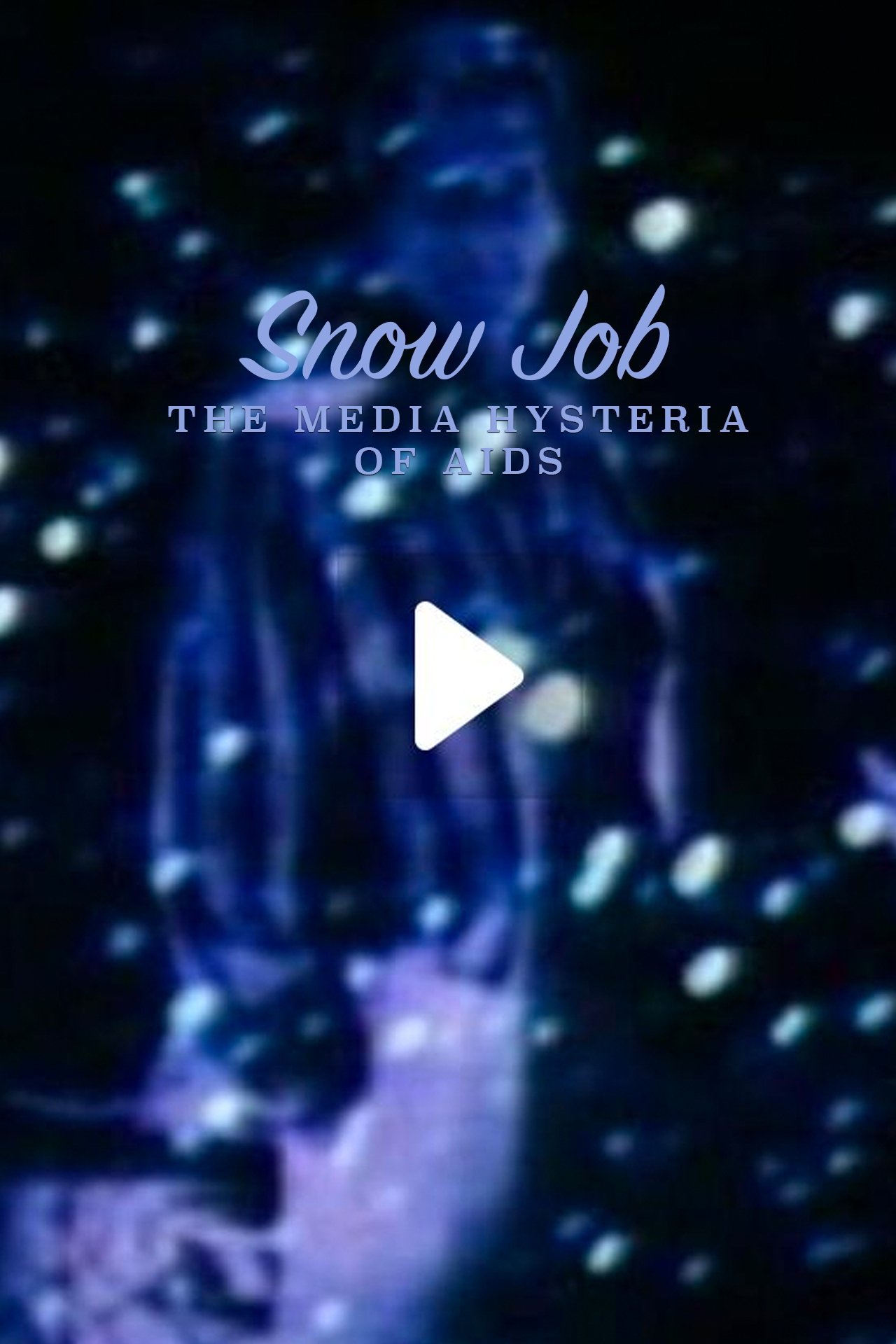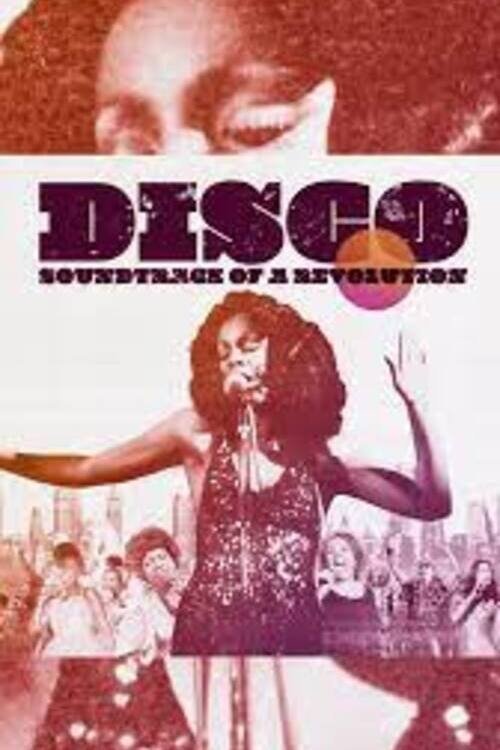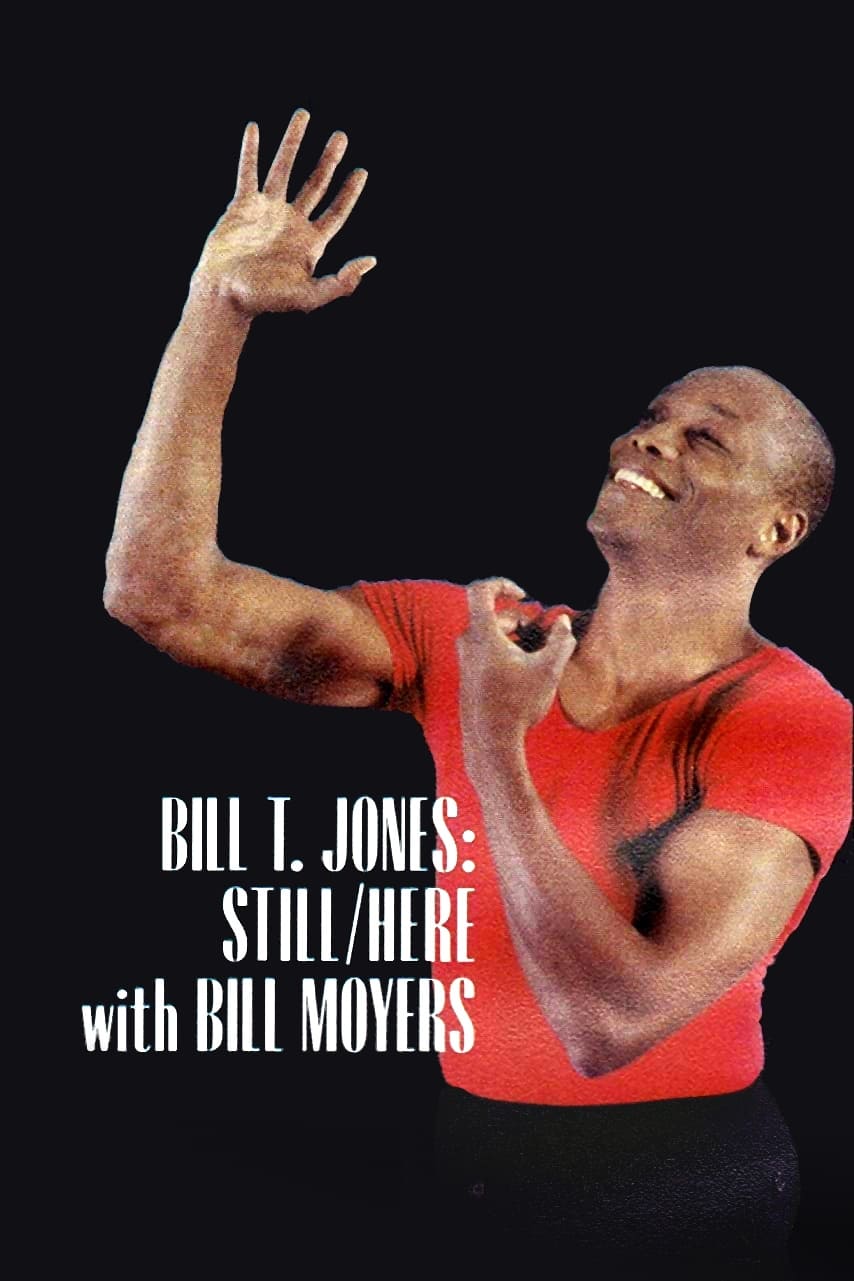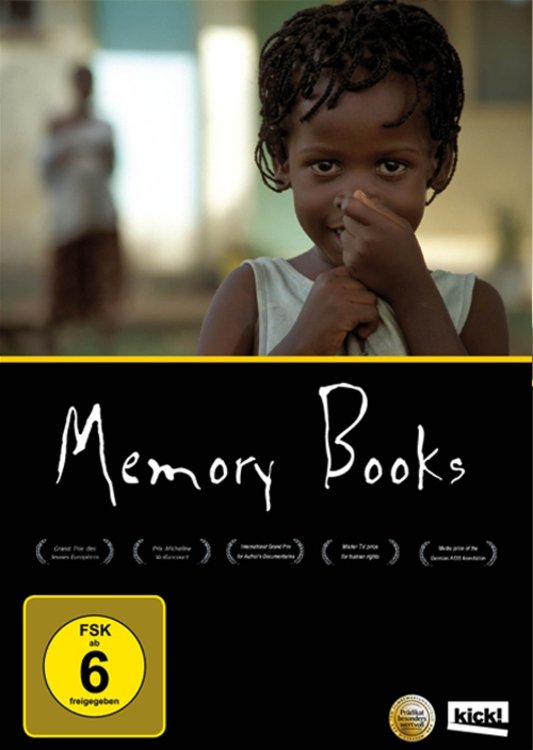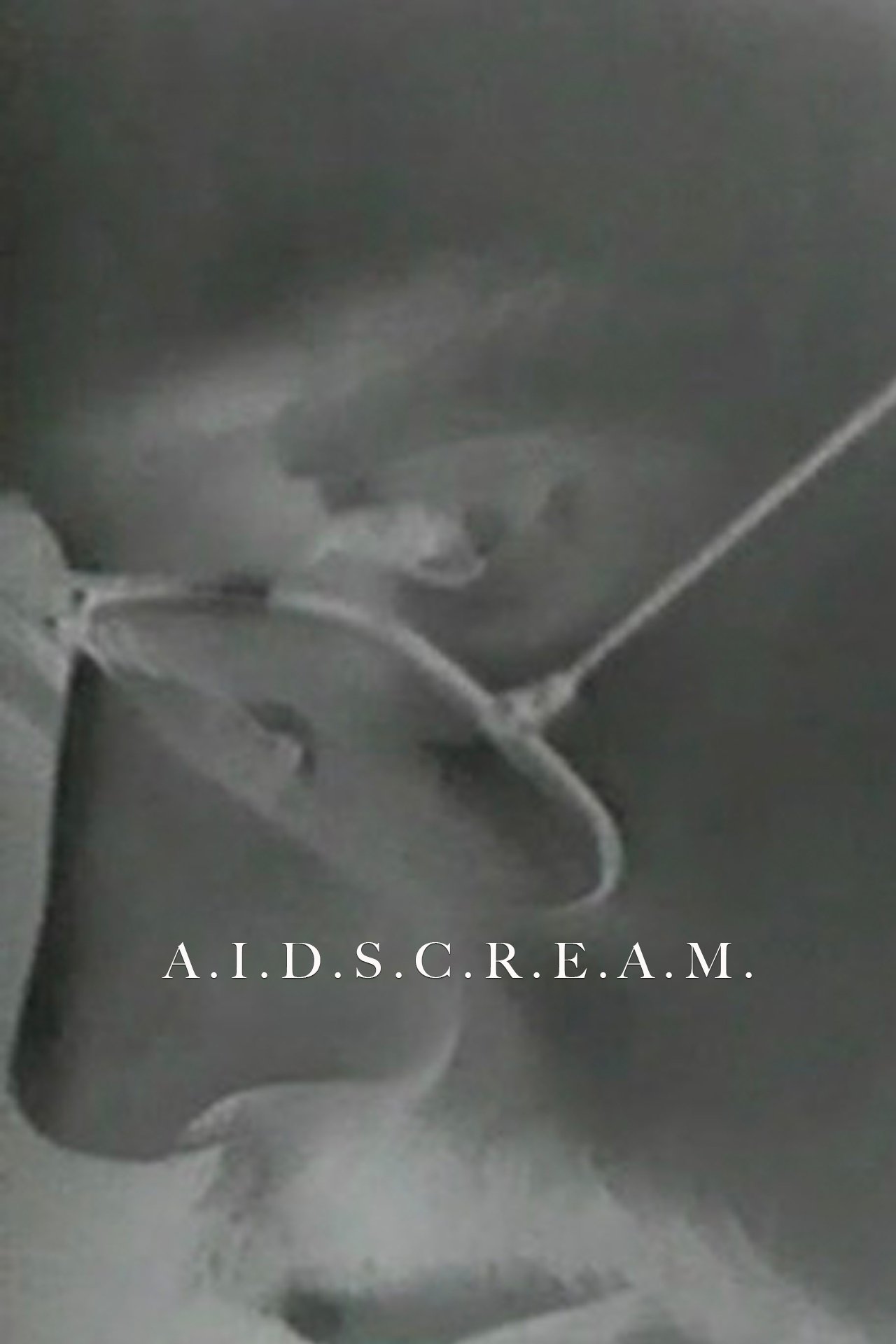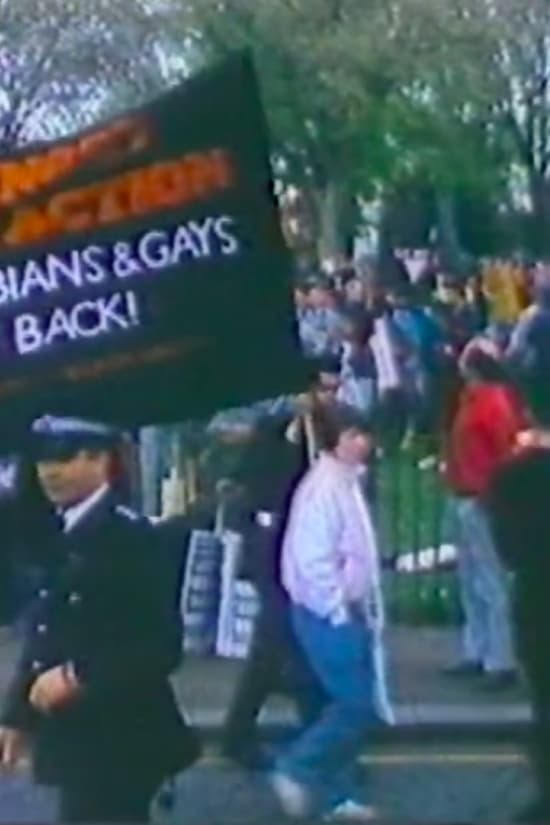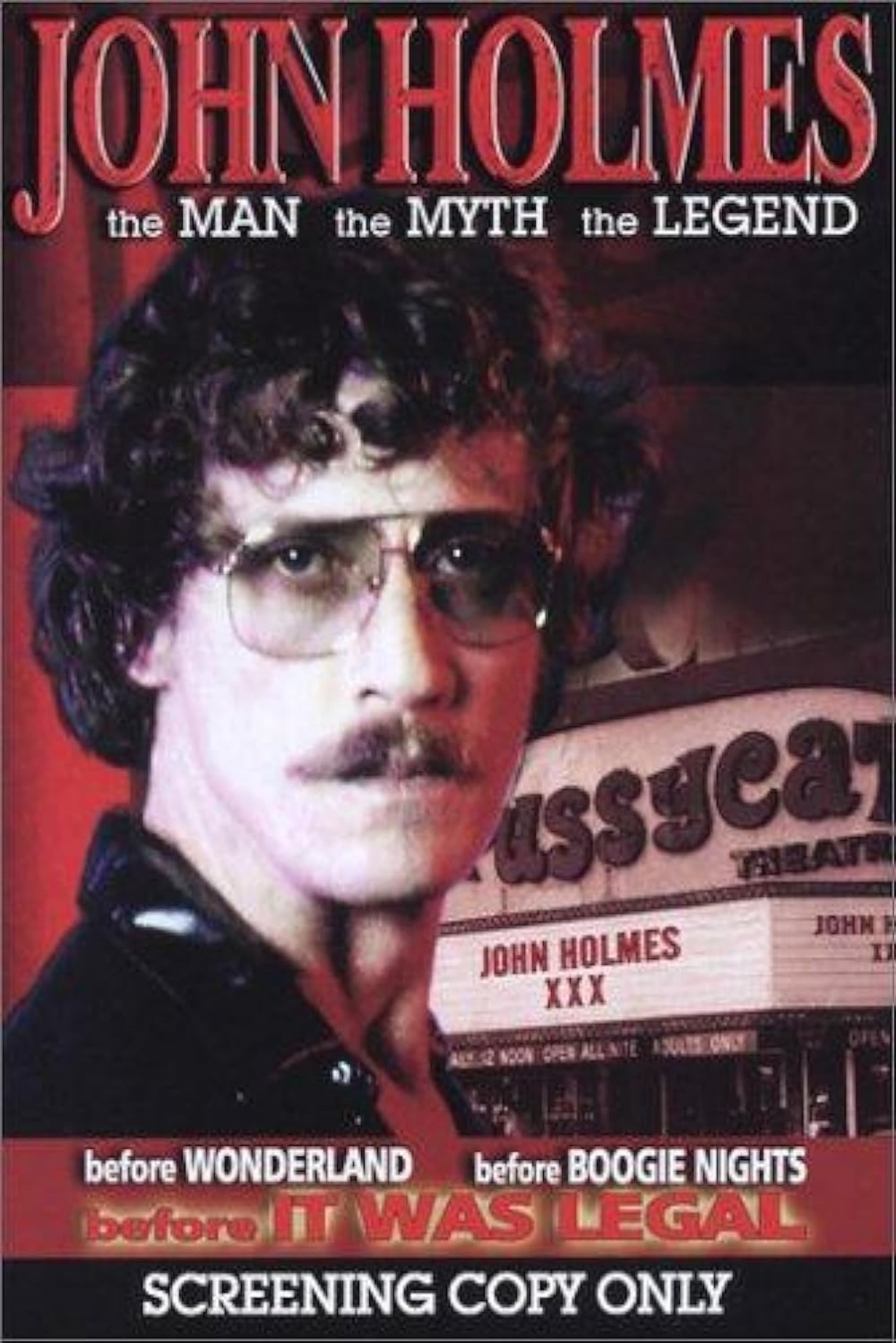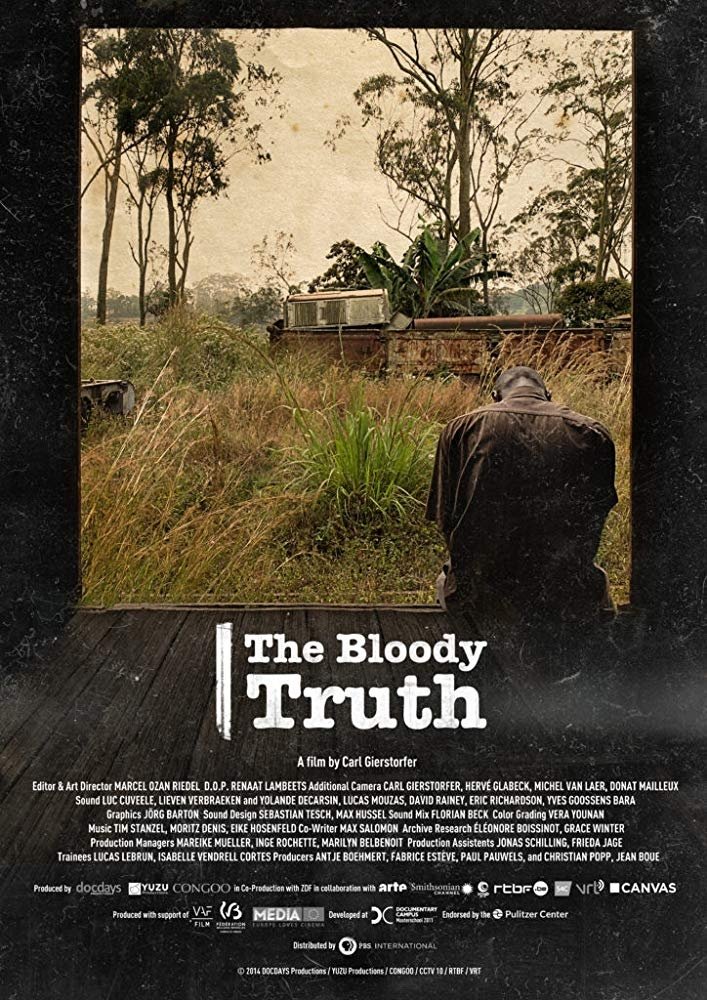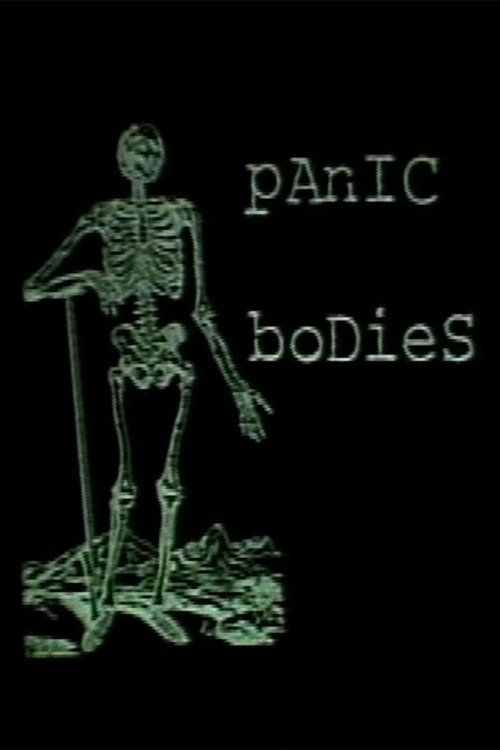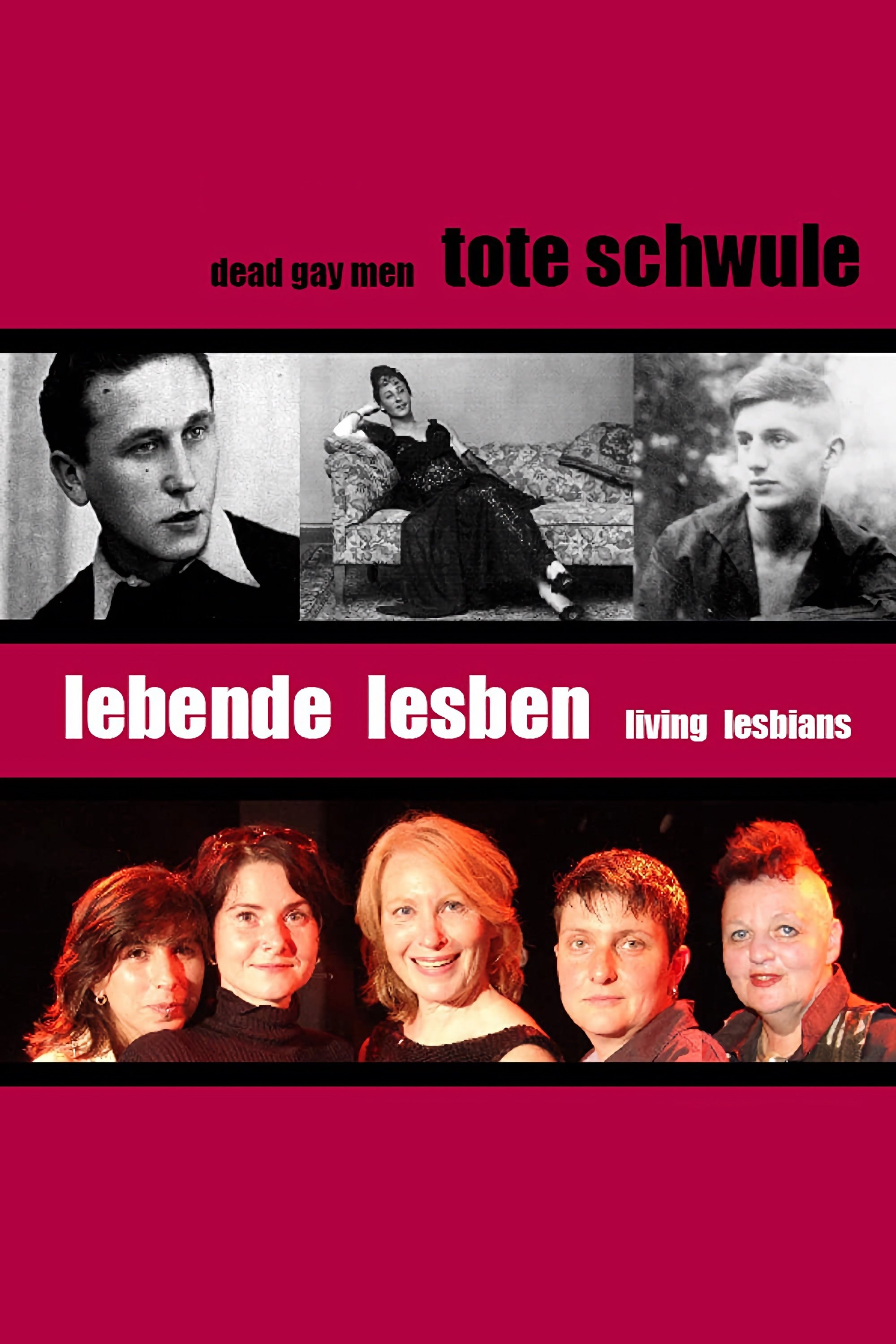Sensaciones - La historia del Sida en la Argentina (2007)
Overview
Fictionalized documentary about the history of HIV/AIDS in Argentina from its inception up until 2006.
Production Companies
Additional Info
| Budget | $0.00 |
|---|---|
| Revenue | $0.00 |
| Original Language | es |
| Popularity | 0.797 |
Directed By
Hernán Aguilar
TOP CAST
Similar Movies
Which Is Scary
A set of seven portraits consisting of personal accounts from the lives of gays and lesbians. The narration includes stories about coming out, bashing, cross-dressing and AIDS.
AIDS: What Everyone Needs to Know
The film provides information about the course and symptoms of AIDS, the effect of AIDS viruses on the immune system, the routes of infection, the main risks of infection and the protective measures against them.
Paul Monette: The Brink of Summer's End
Narrated by Linda Hunt, this documentary examines the life of the late author and gay rights activist Paul Monette. Born in 1945 to a well-off Massachusetts family, Monette grows up unable to accept his homosexuality, for years hiding it from his loved ones while struggling to develop as a writer. In 1978, Monette publishes his first novel, which allows him to come out to his parents. After losing one lover to AIDS in 1986, he becomes a ferocious advocate for awareness of the disease.
Sex and Revolution
In the early ‘70s, in Argentina, a group of homosexuals decided to confront the status quo. With testimonies from its survivors as its denouncement source, Sex and Revolution brings back the voices of those who thought in order to be recognized as political actors in a society that wasn’t prepared for them.
Darwin's Nightmare
Africa in the sixties. The Nile perch, a ravenous predator, is introduced into Lake Victoria as a scientific experiment, causing the extinction of many native species. Its meat is exported everywhere in exchange for weapons, creating a globalized evil alliance on the lake shores. An infernal nightmare in the real world that wipes out Darwin's Theory of Evolution.
Snow Job: The Media Hysteria of AIDS
Deconstructs the representation of AIDS in the popular media where distortion and misrepresentation amount to a "snow job" promoting increased homophobia, sexual discrimination and repression of gays.
Disco: Soundtrack of a Revolution
From the sweaty basement bars of 70s New York to the glittering peak of the global charts, how disco conquered the world - its origins, its triumphs, its fall and its legacy.
High Energy: Disco on Amphetamines
By the end of the seventies, disco music, considered too mainstream, was dead. But DJs and dance floors still needed new records and faster rhythms. Built on synthesizer sounds, the hi-nrg (high energy) style swept the gay clubs before hitting the charts during the eighties.
Bill T. Jones: Still/Here
Bill Moyers and filmmaker David Grubin give viewers a rare glimpse into dancer/choreographer Bill T. Jones’s highly acclaimed dance Still/Here. At workshops around the country, people facing life-threatening illnesses are asked to remember the highs and lows of their lives, and even imagine their own deaths. They then transform their feelings into expressive movement, which Jones incorporates into the dance performed later in the program. For this documentary, Jones demonstrates the movements of his own life story: his first encounter with white people, confusion over his sexuality, his partner Arnie Zane’s untimely death from AIDS, and Jones’s own HIV-positive status.
Memory Books
In Uganda, AIDS-infected mothers have begun writing what they call Memory Books for their children. Aware of the illness, it is a way for the family to come to terms with the inevitable death that it faces. Hopelessness and desperation are confronted through the collaborative effort of remembering and recording, a process that inspires unexpected strength and even solace in the face of death.
Once Upon a Time in the Gay Village
Once upon a time in the Gay Village is a montage of photos and music telling the story of the founding of Le Parc de l’Espoir, the AIDS memorial park in the heart of Montreal’s Gay Village.
A.I.D.S.C.R.E.A.M.
A.I.D.S has become a convenient excuse to desexualize gay culture and to terminate the gay liberation movement. This film confronts the viewer to these facts. A.I.D.S.C.R.E.A.M. was selected for the A.I.D.S. Media: Counter - representations program of the Whitney Museum, 1989.
Reframing AIDS
Through a series of interviews with leading British AIDS activists and cultural theorists, this documentary investigates the way in which AIDS has been used by the media and by the government to increase state harassment of gay men and lesbians, black people and women. Framing the problem in terms of a left politic, the tape reveals how both homophobia and puritanism have been responsible for the slow government response to AIDS.
La ciencia del pánico
A documentary about the HIV/AIDS controversy, denying the connection between the former and the latter.
John Holmes: The Man, the Myth, the Legend
A fine documentary that details the sordid life of 1970s pornographic actor John Holmes, from the stories of his fellow actors, his ex-wives, and directors. Clips of his work are shown and insight on what made the man tick are given. Despite all his flaws, you can't help but admire him for what he was.
The Bloody Truth
This film tells the story of the unknown pre-history of the AIDS virus, long before people started to die in the US and Europe. Following a team of scientists we uncover a forgotten medical archive in the Democratic Republic of Congo, that tells of an epidemic a full two decades before anyone knew about the novel killer. From high-tech labs in the US to African medics who have their boots on the ground, we trace HIV back to its origin in the jungles of Cameroon. In the decades around the turn of the 20th century, colonialism fundamentally changed the lives of millions of people in central Africa; it created an environment that allowed HIV to leave its original host, the chimpanzee, and start to spread in humans.
Panic Bodies
"Panic Bodies is a 70-minute, six-part exploration of the ways we experience the body's betrayals: disease, decline and death. The film is a panorama of emotionally charged recollections of strange relatives and estranged siblings, staged recreations of fast-fading pasts and personal mythologies, and reflections on the anxious states created by the body's fragile claims on time and space. It's about being a stranger in your own skin. Panic Bodies perfects the phantom quality of any good work about mourning, but it is not reducible to that. It is also enlivened by the intimacy that comes from having made a spectacle of personal secrets." (Kathleen Pirrie Adams, Xtra)
Dead Gay Men and Living Lesbians
As a result of the Holocaust and later, AIDS, the male homosexual community has sustained bitter losses and, according to Praunheim, lesbian women have now placed themselves at the head of the so-called queer movement. The female protagonists in the film represent two different generations; they also incorporate the past and present status of homosexuals in society.
Killing Patient Zero
After the Stonewall riots and at the height of the gay liberation movement in America, an entire generation were busy celebrating their newfound emancipation, unaware of an impending epidemic. A disease that seemed determined to wipe out an entire generation of gay men, was largely ignored by politicians and the mainstream media. Gaetan Dugas was a French-Canadian flight attendant, who offered to help early scientific research into the origins of AIDS. An unfortunate series of events followed and he would be vilified as Patient Zero, the man who gave us AIDS.
